Weight Limit For Horseback Riding
A horse should carry no more than 20% of its body weight. This includes the saddle, gear, and rider. The 20% rule helps keep the weight limit for horseback riding safe and comfortable for the horse. you’re an experienced rider or curious about horseback riding, this benchmark is key. It helps keep our horses safe and healthy.
For example, if a horse weighs 1,000 pounds, it should not carry more than 200 pounds, including the rider, tack, and gear.
Why Does Rider Weight Matter in Horseback Riding?
Horseback riding brings to mind the excitement of the ride and the bond with a beautiful horse. One important factor that often gets overlooked is rider weight and its effect on the horse. The weight limit for horseback riding is very important. Horses are strong, but they still have limits. Too much weight can hurt their performance and long-term health.
A balanced diet is important for human health. The correct weight load is essential for a horse’s comfort and efficiency. A horse that carries too much weight can hurt its back, joints, and body. This strain might not show up right away. But, over time, it can cause discomfort, fatigue, or even serious injuries. The 20% rule isn’t random. It’s a guideline shaped by years of equestrian experience. This rule helps both the rider and the horse have a safe, balanced ride.
What is the General Weight Limit for Horseback Riding?
The most common guideline for weight limits in horseback riding is the 20% rule. A horse should carry no more than 20% of its body weight, including the rider and any extra gear like saddles, blankets, and tack.
For example:
- A horse weighing 454 kg (1,000 lbs) should carry a maximum of 90 kg (14 stone) in total.
- A horse weighing 544 kg (1,200 lbs) should carry a maximum of 108 kg (17 stone).
- A horse weighing 680 kg (1,500 lbs) should carry a maximum of 136 kg (21 stone).
This guideline aims to distribute the load in an even manner and cut the risk of injury to the horse. While the 20% rule serves as a general standard, each horse is unique. Many factors influence the safe weight a horse can carry. These include the horse’s build, age, and fitness level. The saddle’s quality and fit also play a role.
How can heavier riders still enjoy horseback riding?
You might be wondering, “What if I or someone I know weighs more than the recommended limit?” The great news is that horseback riding welcomes everyone. There are many choices for heavier riders. The weight limit for horseback riding isn’t a barrier. It’s a guideline to pair the right horse with the right rider.
Heavier riders should pick horses that can carry more weight. Larger breeds, like draft horses and stock horses, can carry heavier loads. Breeds like Percherons, Clydesdales, and Norwegian Fjords are strong. Their build helps them excel in this. Many riding facilities even train horses to accommodate heavier riders. When you book a riding session, contact the stable first. Ask about their policies and which horses fit your weight best. This proactive approach ensures everyone has a comfortable ride. It also keeps the horse healthy.
What Happens if a Horse Carries Too Much Weight?
Pushing a horse beyond its weight limit can have several negative consequences. Horses are strong, but overloading them can cause problems. This affects their short-term performance and long-term health. Here are some of the potential problems when a horse carries too much weight:
-
Back Pain and Soreness: Horses, like humans, can get back pain from carrying too much weight. This can lead to muscle soreness and spinal strain.
-
Joint and Bone Stress: Too much weight can strain a horse’s joints. This might cause inflammation or lead to long-term issues, like arthritis.
-
Tiredness and Poor Performance: An overworked horse becomes more fatigued and less nimble. Fatigue can hurt a horse’s performance during riding. This makes accidents more likely.
-
Behavioral Changes: A horse in pain may show signs of distress. It might hesitate to move or change its behavior without warning. Recognizing these signs early can help prevent more serious issues down the road.
-
Extra weight can cause problems like saddle sores, muscle strain, and nerve compression. This can lead to discomfort and may require the horse to take breaks.
-
Overloading a horse can cause serious health issues. This includes joint damage, back pain, and muscle fatigue. These problems can hurt the horse’s performance and well-being.
Knowing these risks shows why the weight limit for horseback riding is important. Following the guidelines keeps horses happy and healthy, making rides more enjoyable.
How can riders ensure a comfortable experience for the horse?
Achieving a harmonious riding experience is all about teamwork. People build good relationships based on care and understanding. This is true for both people and their horses. Here are some practical tips to ensure a comfortable and safe ride for the horse:
-
Select the Right Horse: Different horses have different builds. Heavier riders should look for strong horses that can carry more weight. Discuss your needs with the stable manager or instructor to find the best match.
-
Invest in a Good Saddle: A well-fitted saddle is key. It helps distribute the rider’s weight in an even manner. An ill-fitting saddle can cause discomfort and even injury to the horse.
-
Maintain Good Riding Posture: How you sit on the horse matters. Good posture helps the rider stay in control. It also distributes the weight across the horse’s back in an even manner.
-
Limit Ride Duration: If you weigh close to the limit, take shorter rides. This helps prevent fatigue. Frequent breaks and shorter sessions can make a significant difference.
-
Pay attention to the horse’s cues: Horses are intuitive animals. Watch for body language and signs of discomfort, like sweating or hesitance. This can help you change your riding style as needed.
Do different riding styles affect the weight limit?
The weight limit for horseback riding isn’t a one-size-fits-all concept. Riding styles and disciplines each have their views on what a safe load is for the horse. Let’s explore some popular riding styles and how they might impact the weight limit:
-
Trail Riding: This is often the most relaxed form of riding, and the 20% rule generally applies. Some stables have stricter rules for trail rides. This helps keep the horses comfortable on longer trips.
-
Jumping or Eventing: These disciplines require a lot of athleticism from the horse. The weight limit may be stricter due to higher physical demands. This helps keep the horse’s agility and balance intact.
-
Western Riding: Western saddles tend to be heavier than English saddles. You must consider this extra weight. It means that the weight limit for horseback riding might be a bit lower with a heavier saddle.
-
Bareback Riding: Riding without a saddle puts a unique strain on a horse’s back. As a result, the effective weight limit might be lower to prevent uneven pressure on the horse’s spine.
Each style has its details. Experienced riding instructors can give personalized advice. They consider the discipline and the specific horse.
What Should You Do If You’re Over the Recommended Weight Limit?
If your weight is close to or above the recommended limit, don’t worry. You can still enjoy horseback riding while ensuring your safety in several ways:
-
Think about a bigger horse: Some stables offer larger breeds for heavier riders. Check facilities that say they can accommodate different rider sizes.
-
Choose Draft Horse Experiences: Draft horses are strong and can carry heavy loads. Riding a draft horse can be a fulfilling and safe option.
-
Explore Alternative Equine Activities: Not every equine experience has to involve riding. You can enjoy horse-drawn carriage rides or guided groundwork sessions. These options help you connect with horses and stay within the weight limit for riding.
-
Invest in Quality Gear: The right saddle and equipment can make a big difference. Good, well-fitted gear ensures an even distribution of your weight. This reduces stress on the horse.
- Always keep in mind that the main goal is to keep the horse comfortable and healthy. Engage in an open conversation with your stable or riding instructor. This can help you find the best solution for your riding needs.
specific weight limits for children riding horses
For kids riding horses, the weight limit is primarily determined by the horse’s size and breed. Smaller ponies, usually under 14 hands tall, can carry kids weighing 80 to 100 pounds. This weight includes tack and gear.
Medium-sized horses stand 14 to 15 hands tall. They can carry kids who weigh between 120 and 150 pounds without difficulty. Horses that are 15 hands or taller can usually carry kids who weigh 180 to 200 pounds. This depends on the horse’s build and fitness.
For safety and comfort, the total weight of the rider and tack must be no more than 20% of the horse’s body weight. Always talk to a trainer or vet. They can help you find the right match between your child and the horse. This way, you can ensure a safe and fun riding experience.
How Do Horse Breeds Influence the Weight Limit for Horseback Riding?
Different horse breeds have distinct capacities for carrying weight. Larger and stronger breeds can usually support heavier loads. Here are some insights into how breed characteristics play a role:
-
Draft Horses: Known for their power and size, draft horses are often the top choice for heavier riders. Their robust structure means they can support greater weight without strain.
-
Warmbloods and Stock Horses: These breeds are strong and agile. They excel in sports and tasks. They usually follow the 20% rule closely. This makes them a favorite for recreational riding.
-
Ponies and Smaller Breeds: These animals are excellent for children and lighter riders. Their smaller size means the weight limit for riding is lower. So, it’s key to pick a pony or small horse that fits the rider’s needs.
Knowing the differences between breeds helps riders choose the right horse. This ensures they follow the weight limit for riding while keeping the horse healthy.
What Are Some Practical Tips for Maintaining a Healthy Horse Riding Experience?
Ensuring that both the rider and the horse have a positive experience means paying attention to the details. Here are some practical tips that can help you maintain a balanced and enjoyable ride:
-
Regular Veterinary Checks: Horses, like all animals, benefit from regular health check-ups. Keeping your horse in peak condition will help it better handle the load.
-
Proper Conditioning: Both horse and rider enjoy regular exercise. Conditioning exercises can improve strength and stamina, reducing the likelihood of injury.
-
Watch for signs that your horse is having trouble. Stay alert to their behavior. Consider changes in behavior with seriousness. This includes any reluctance to move or signs of unusual discomfort.
-
Adjust Ride Length: Change how long you ride by considering the horse’s health and the rider’s weight. This can help prevent fatigue. Shorter, more frequent rides can be more beneficial than long, strenuous sessions.
-
Stay in Touch: If you rent or ride at a stable, keep communicating with the instructors and caretakers. Their insights into the horse’s performance and comfort are invaluable.
FAQS
1. Is the 20% rule for the weight limit for horseback riding a hard and fast rule?
Although many experts recommend the 20% rule, it serves as a general guideline. Every horse is unique. Factors such as fitness level, breed, and saddle type can affect what weight is safe. Always consult with an equestrian professional for personalized advice.
2. How does the type of saddle impact the weight limit for horseback riding?
A good, lightweight saddle ensures an even distribution of weight across its surface. In contrast, a heavy or ill-fitting saddle puts extra strain on a horse’s back. This is why investing in quality equipment is so important.
3. What should I do if my weight is close to or above the recommended limit?
If you’re close to the upper limit, try riding larger breeds like draft horses. You can also ask your stable about horses that trainers prepare for heavier riders. Alternative equine experiences might also be an option.
4. Are there any differences in weight guidelines for different riding styles?
Yes, the weight limit for horseback riding can differ among various disciplines. Jumping or eventing may have stricter limits than casual trail riding. This is because they must more physical effort from the horse.
5. Can children ride horses safely with these guidelines?
Ponies and smaller horses are best for kids. Many riding programs have rules to keep young riders safe and comfortable.
Final Thoughts: How to Respect the Weight Limit for Horseback Riding
In summary, following the weight limit for horseback riding is crucial. This limit, based on the 20% rule, helps keep both the horse healthy and the rider safe. Choose the right horse, use the right gear, and watch the horse’s comfort. This helps create a great riding experience. No matter if you’re a pro or starting, these tips make every ride fun and safe.
Enjoy your ride! Remember, staying within the weight limit matters. It’s not about the numbers; it shows we care for our horses. Let’s make every journey a good one!

Welcome to Sell Your Horse, a platform dedicated to connecting equestrians with each other, making horse buying and selling easier and more transparent. With a focus on technology and community-building. My mission is to help like-minded equestrians find the right connections, share knowledge, and build a trusted equine network.




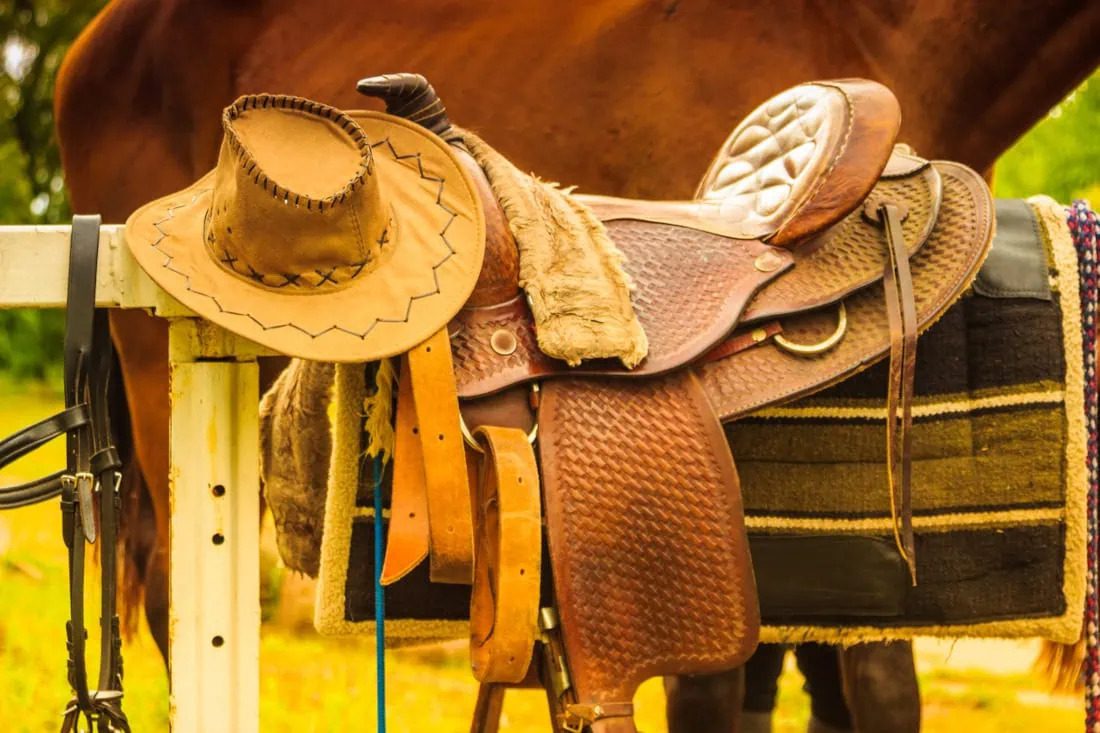
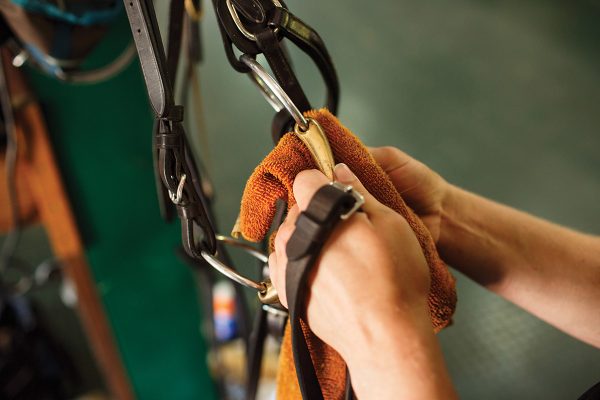


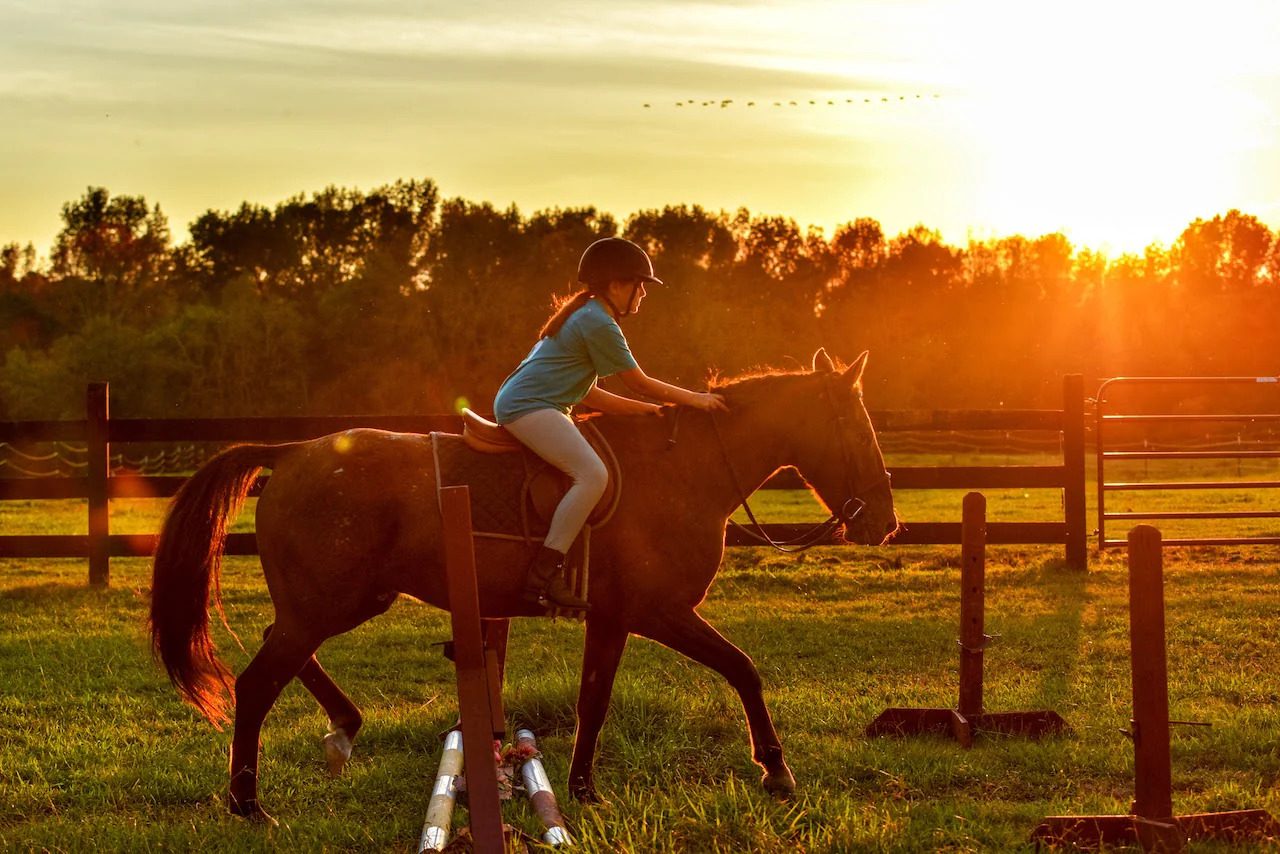
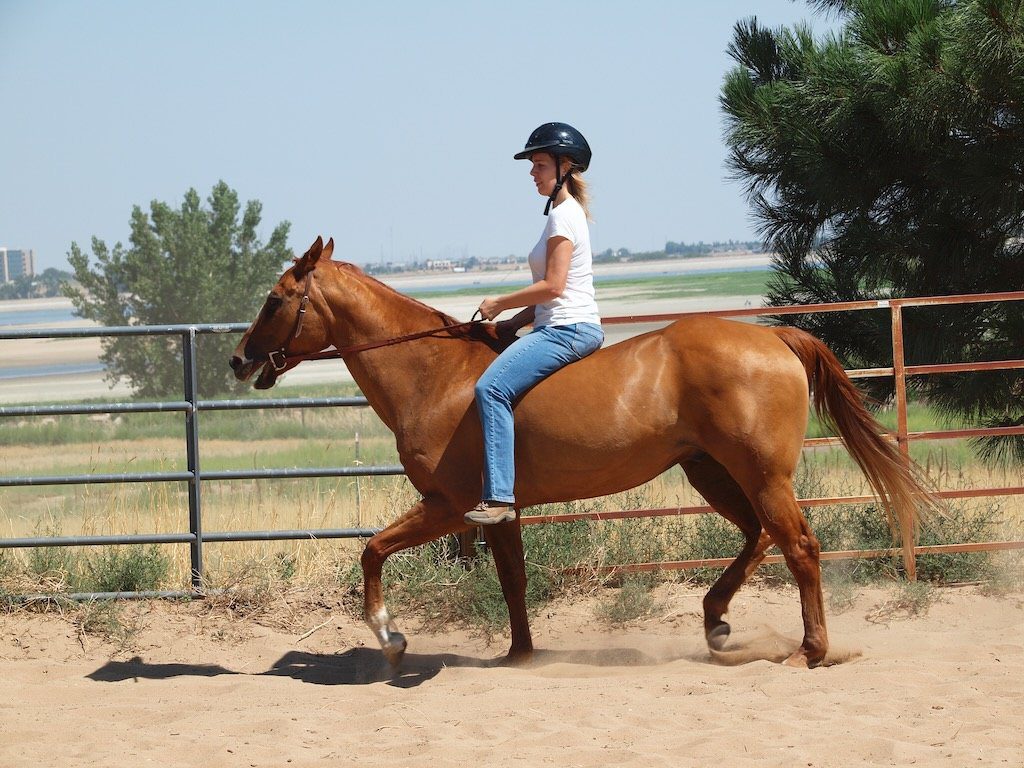
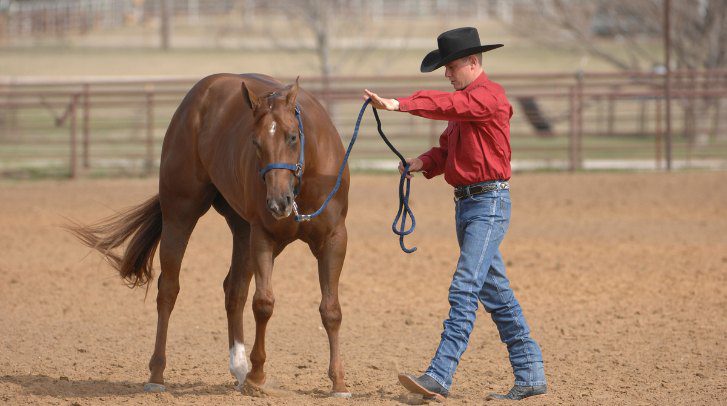
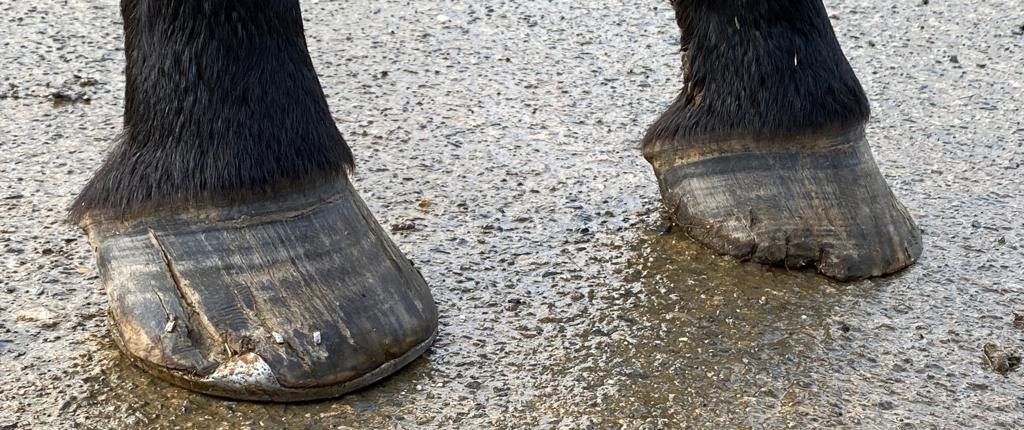
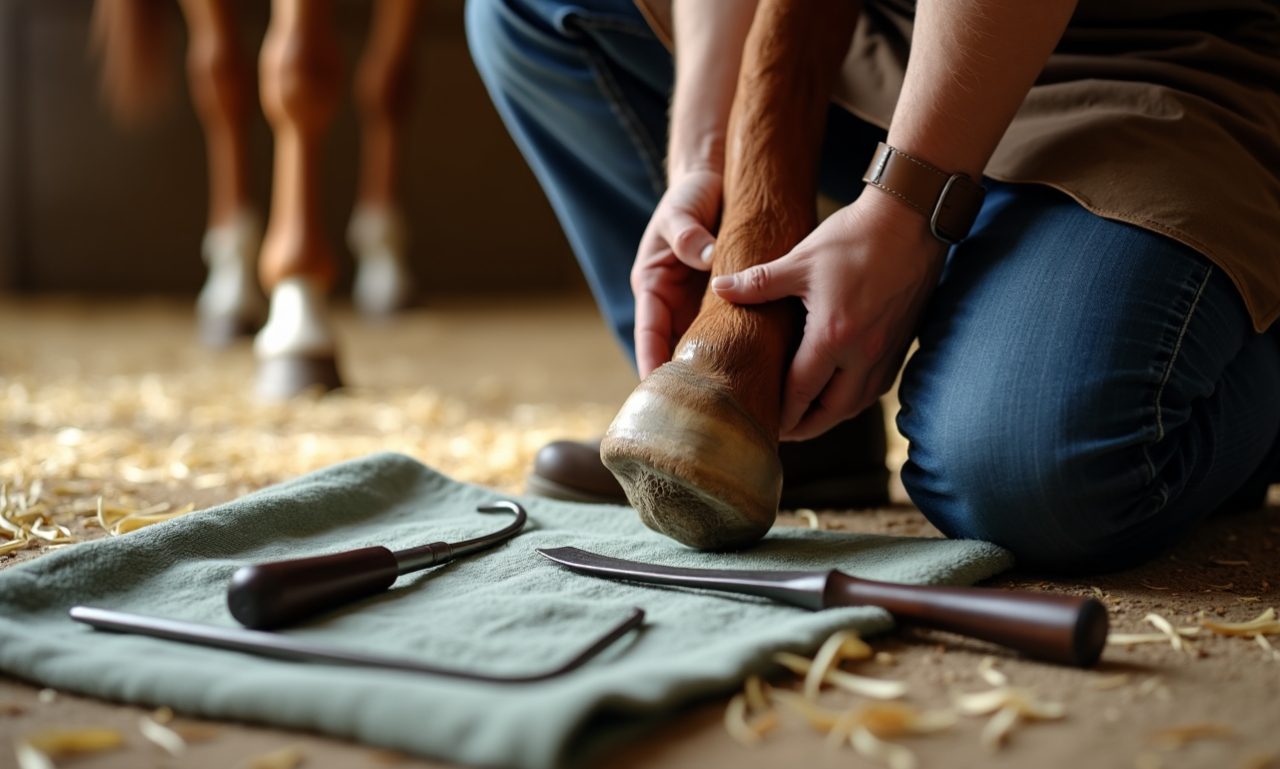


 Featured Listings
Featured Listings
 Adverts
Adverts
 Horses For Sale
Horses For Sale
 Tack & Equipment
Tack & Equipment
 Horseboxes & Trailers
Horseboxes & Trailers
 Equine Properties
Equine Properties
 4x4 Vehicles
4x4 Vehicles
 Horses For Loan
Horses For Loan
 Horses Wanted
Horses Wanted
 Stallions at Stud
Stallions at Stud
 Equine Services
Equine Services
 Riding Holidays
Riding Holidays
